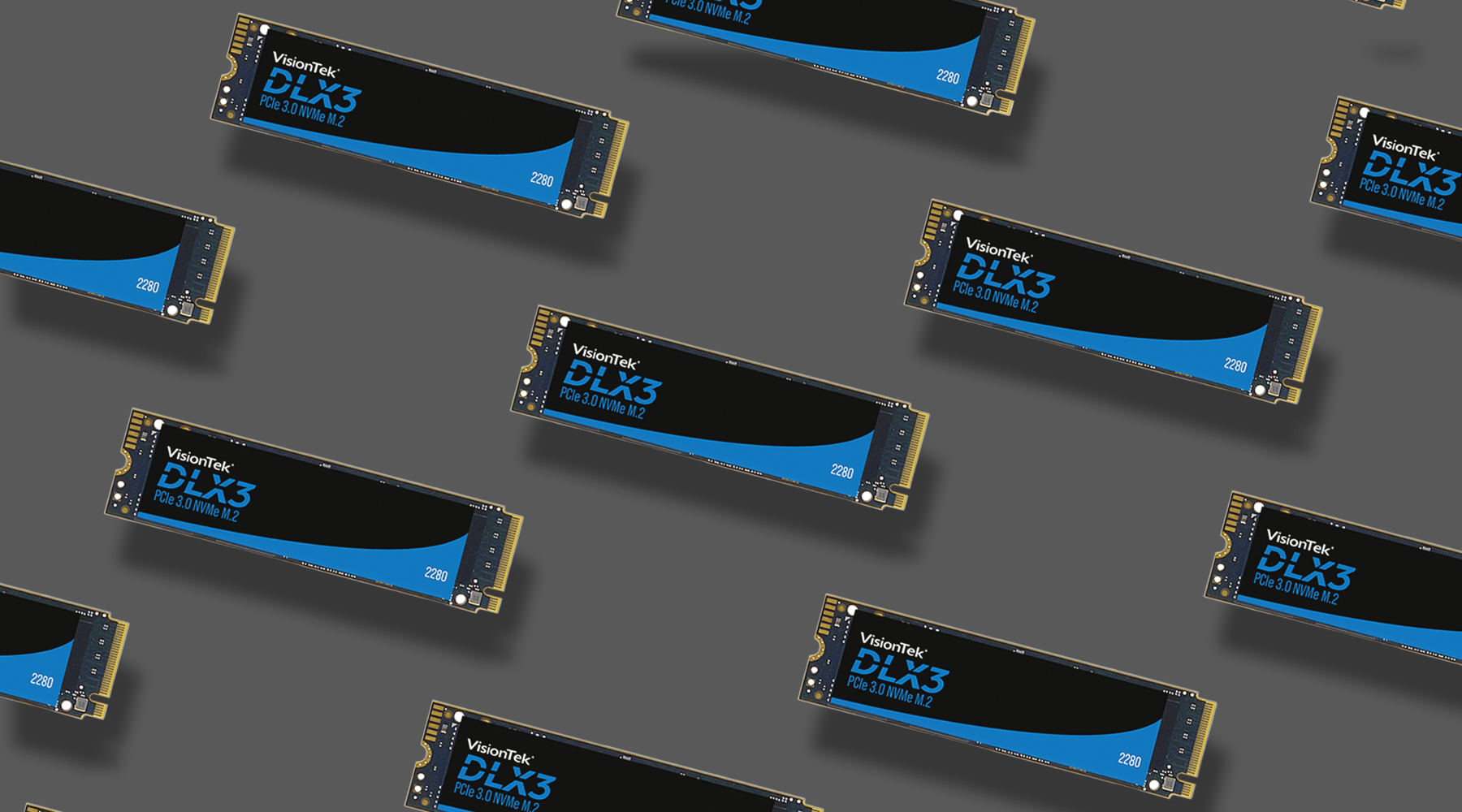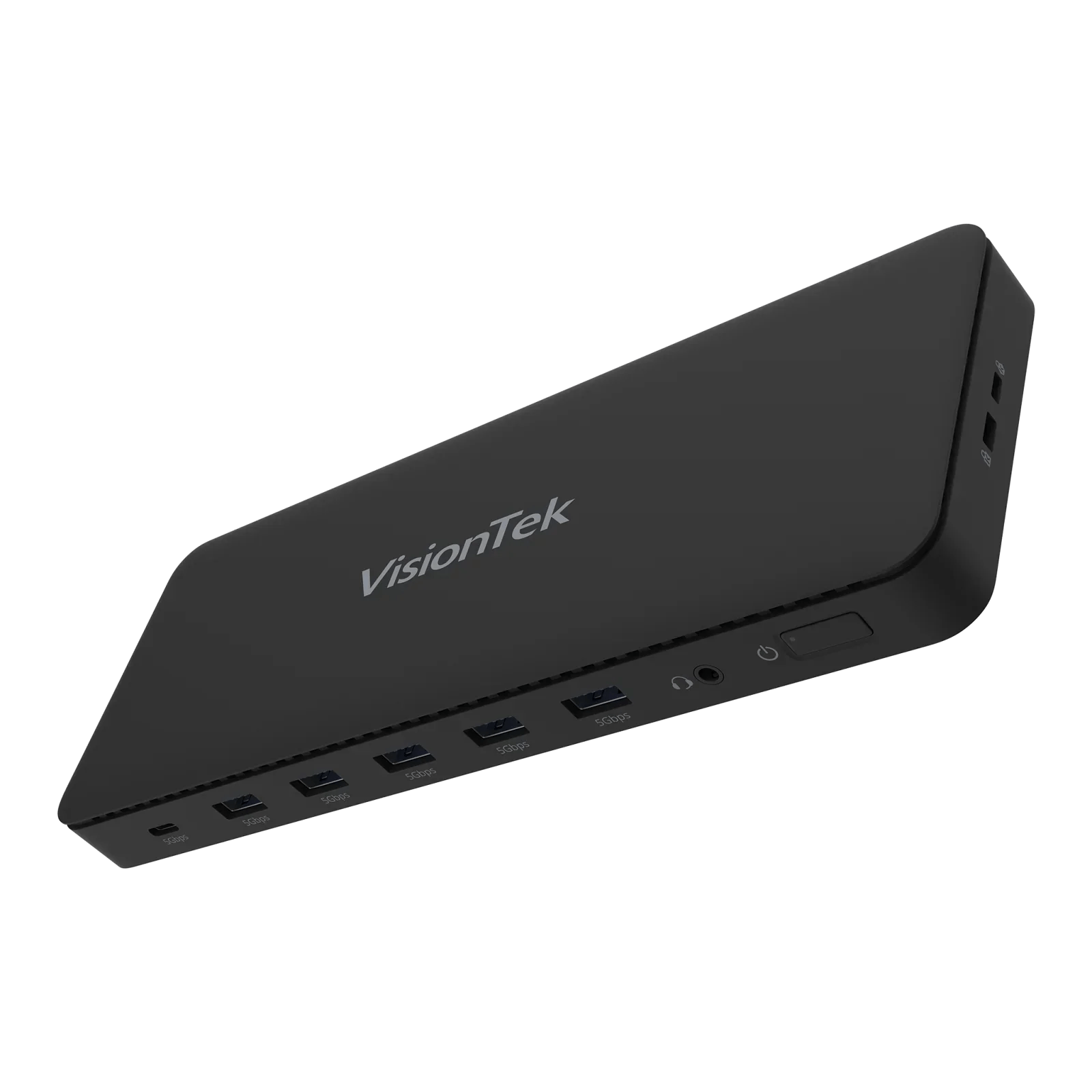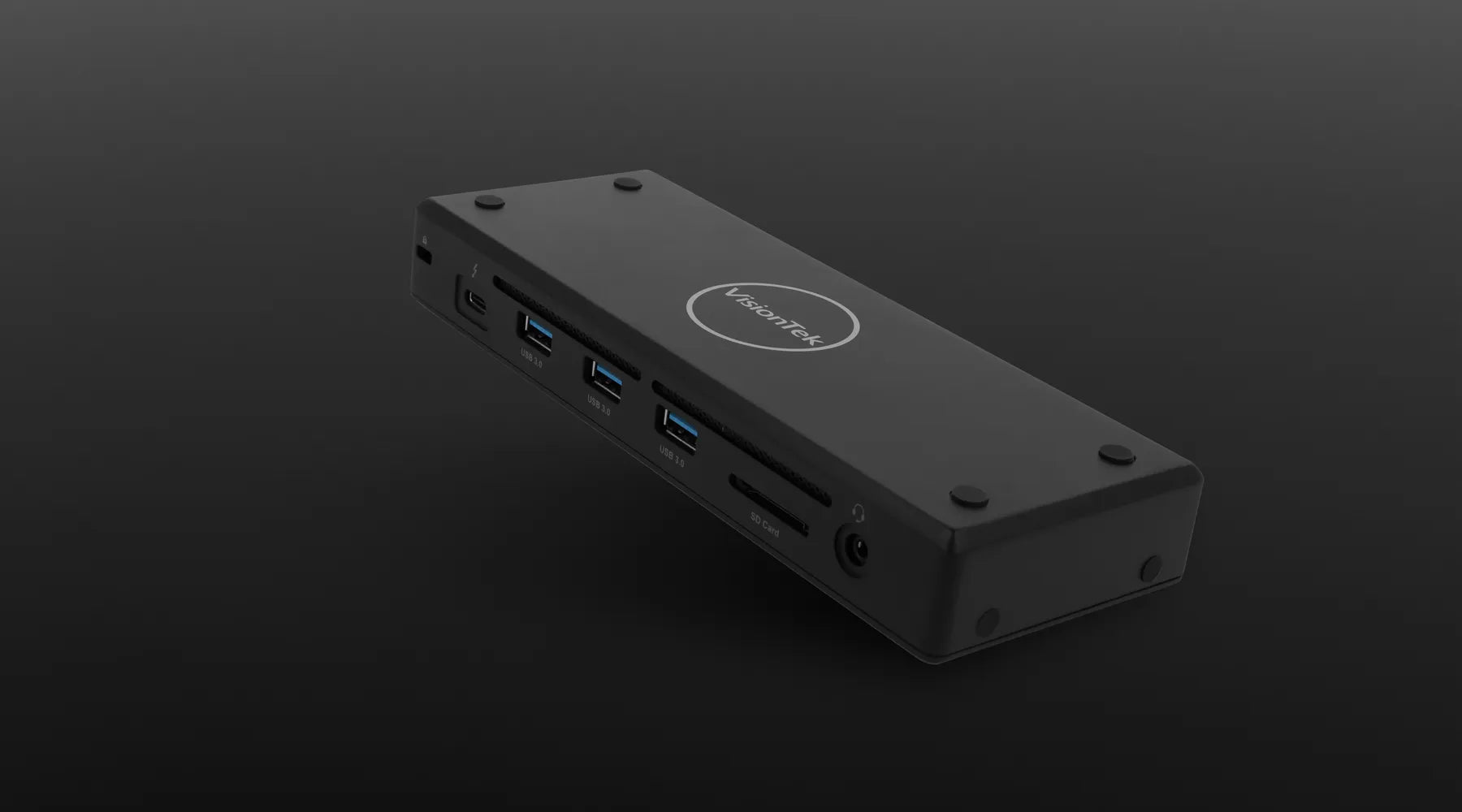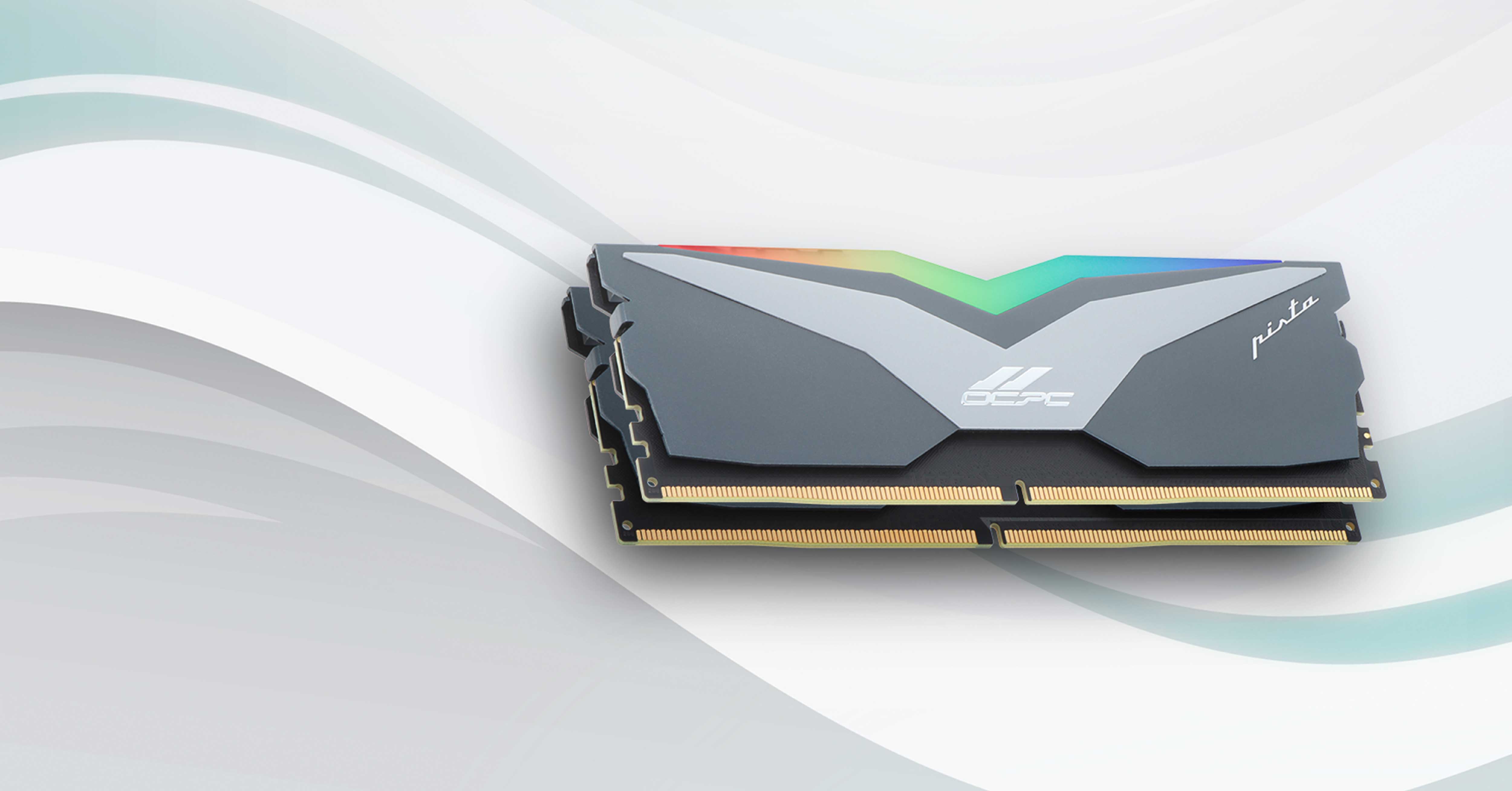Solid-state drives (SSDs) have been around for a while, and they have proven to be a game-changer in terms of storage speed and reliability. The next generation of SSDs promises to be even better, with faster read and write speeds, more reliable data storage, and improved power efficiency.
Let's take a look at what we can expect from the next generation of SSDs? Here are some of the key advancements that we are likely to see:
Compact Storage Solutions and Interface Support
Compact storage devices, including M.2 SSDs, have gained popularity due to their small size, high performance, and compatibility with various interfaces like PCIe. The newest storage devices leverage PCIe 4.0 technology for faster data transfer rates and improved performance. As PCIe 5.0 becomes more widespread, these devices are anticipated to further enhance their capabilities, making them well-suited for high-performance applications.
PCIe 4.0 and PCIe 5.0 Interfaces
The current generation of SSDs typically use the PCIe 3.0 interface, which has a theoretical maximum speed of 985MB/s per lane. The next generation of SSDs is expected to use the faster PCIe 4.0 and PCIe 5.0 interfaces, which offer speeds of up to 2GB/s per lane and 4GB/s per lane, respectively.
This means that the next generation of SSDs will be able to transfer data much faster than current models, making them ideal for high-performance computing and other applications that require fast data transfer rates.
Improved NAND Flash Memory
The NAND flash memory used in SSDs is constantly evolving, and the next generation of SSDs is expected to use even more advanced NAND flash memory. This will allow for higher storage capacities and faster read and write speeds.
For example, the upcoming QLC NAND flash memory will allow for SSDs with capacities of up to 16TB, while the new 3D NAND flash memory will offer faster read and write speeds, as well as improved reliability.
The small form factor of compact storage devices, coupled with the latest advancements in NAND flash memory, allows for impressive performance in both capacity and speed. QLC NAND and 3D NAND technologies are being integrated into these devices, enabling the development of drives with larger storage capacities, faster read and write speeds, and increased reliability. This makes compact storage devices an excellent choice for users seeking high-performance storage solutions.
More Advanced Controllers
The controller is a key component of any SSD, and the next generation of SSDs is expected to use more advanced controllers that offer better performance and reliability.
For example, the upcoming NVMe 2.0 standard will introduce new features like IO determinism, which will help to improve the reliability and predictability of SSDs. Other advanced features like Host Memory Buffer (HMB) and Dynamic Stream Balancing (DSB) will help to improve performance and efficiency.
The integration of advanced controllers in compact storage devices helps optimize performance and enhance reliability. Next-generation controllers will also support the NVMe 2.0 standard, improving features such as IO determinism, Host Memory Buffer (HMB), and Dynamic Stream Balancing (DSB). These enhancements further improve the performance, efficiency, and reliability of compact storage devices, making them suitable for various applications.
More Efficient Power Management
Power efficiency is always a concern with any storage device, and the next generation of SSDs is expected to use more efficient power management techniques.
For example, the upcoming PCIe 5.0 standard will introduce a new power-saving mode called L1.3, which will allow SSDs to consume less power when idle. Other techniques like improved power gating and dynamic voltage and frequency scaling will also help to improve power efficiency.
Low power consumption is a notable feature of compact storage devices like M.2 SSDs, making them ideal for laptops and other portable devices. The PCIe 5.0 standard introduces the L1.3 power-saving mode, further improving power efficiency. Techniques such as enhanced power gating and dynamic voltage and frequency scaling contribute to overall power efficiency, increasing the appeal of these devices for energy-conscious users.
Increased Security Features
As data security becomes an increasingly important concern, the next generation of SSDs is expected to offer more advanced security features. For example, the upcoming PCIe 5.0 standard will introduce new security features like hardware-based Root of Trust and Signed Firmware Updates. Other security features like self-encrypting drives (SEDs) and secure erase will also help to improve data security.
Compact storage devices are also expected to benefit from increased security features offered by the PCIe 5.0 standard, such as hardware-based Root of Trust and Signed Firmware Updates. It is likely that these devices will incorporate self-encrypting drives (SEDs) and secure erase options, providing users with a higher level of data security. These features make compact storage devices an attractive option for those seeking secure storage solutions.
The next generation of SSDs promises to be faster, more reliable, and more efficient than current models. These advancements will make SSDs an even more attractive option for a wide range of applications, from high-performance computing to consumer electronics. Whether you are a gamer, a creative professional, or a data center operator, the next generation of SSDs is sure to offer something for everyone.





Share:
Must Have Travel Tech for Spring Break 2023
Discover the Power of USB 10Gbps: Unleashing Faster Speeds and Enhanced Performance